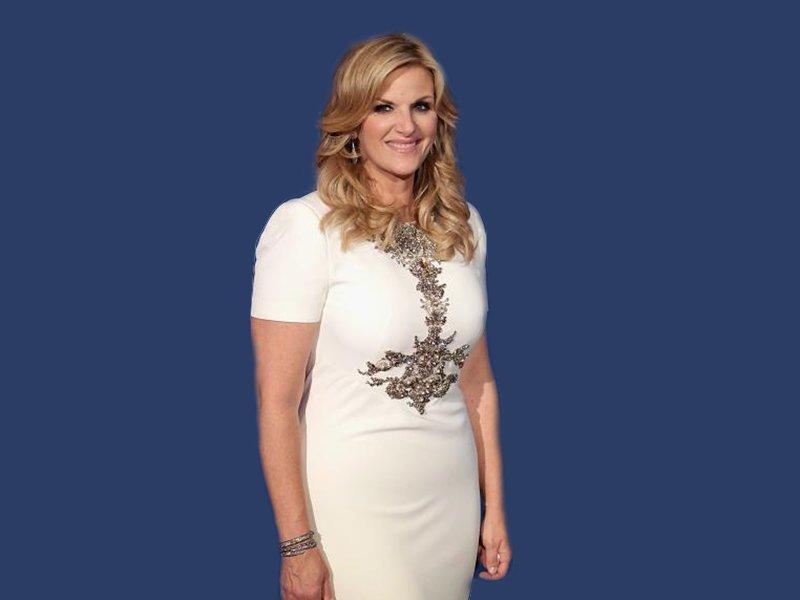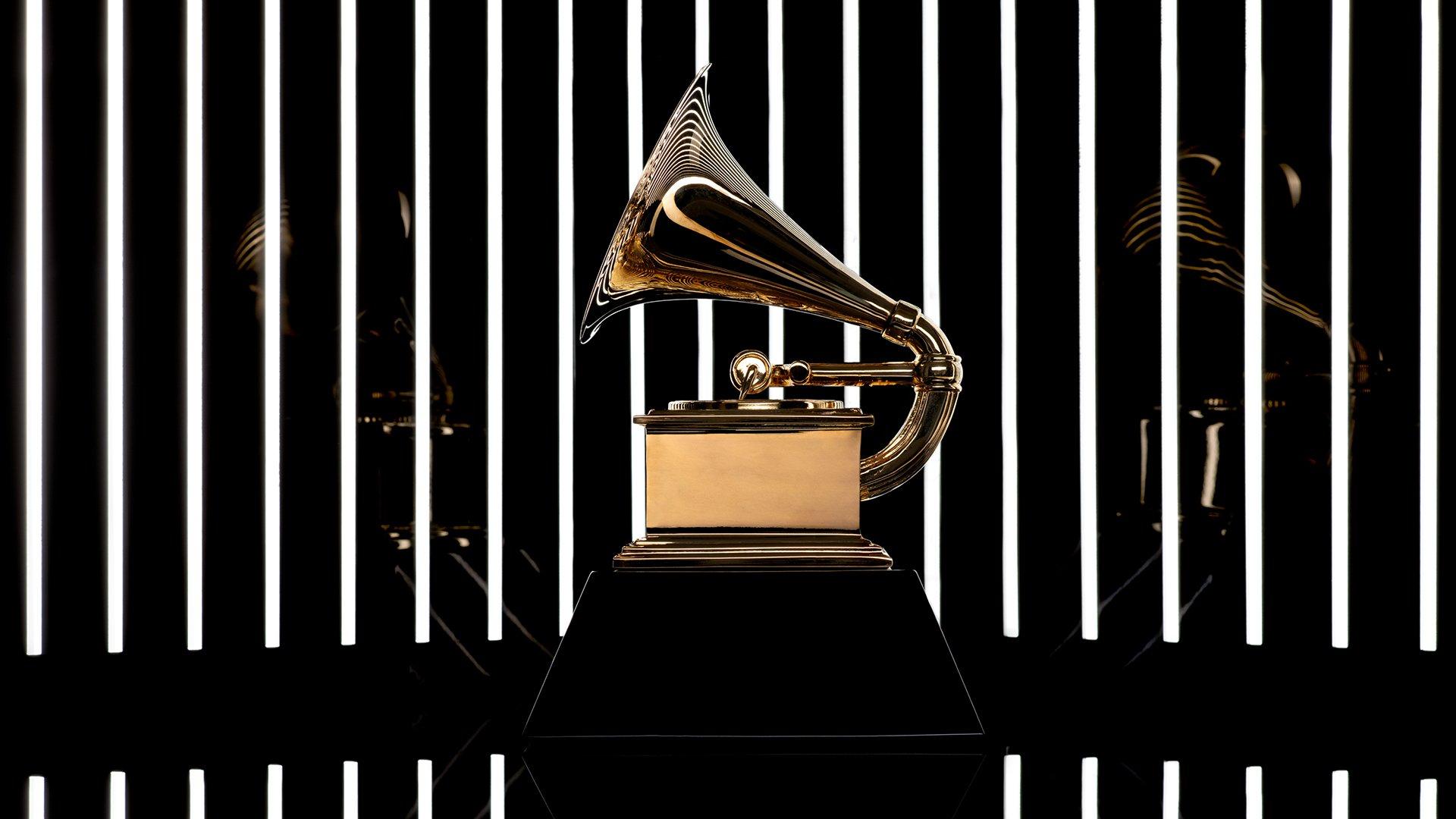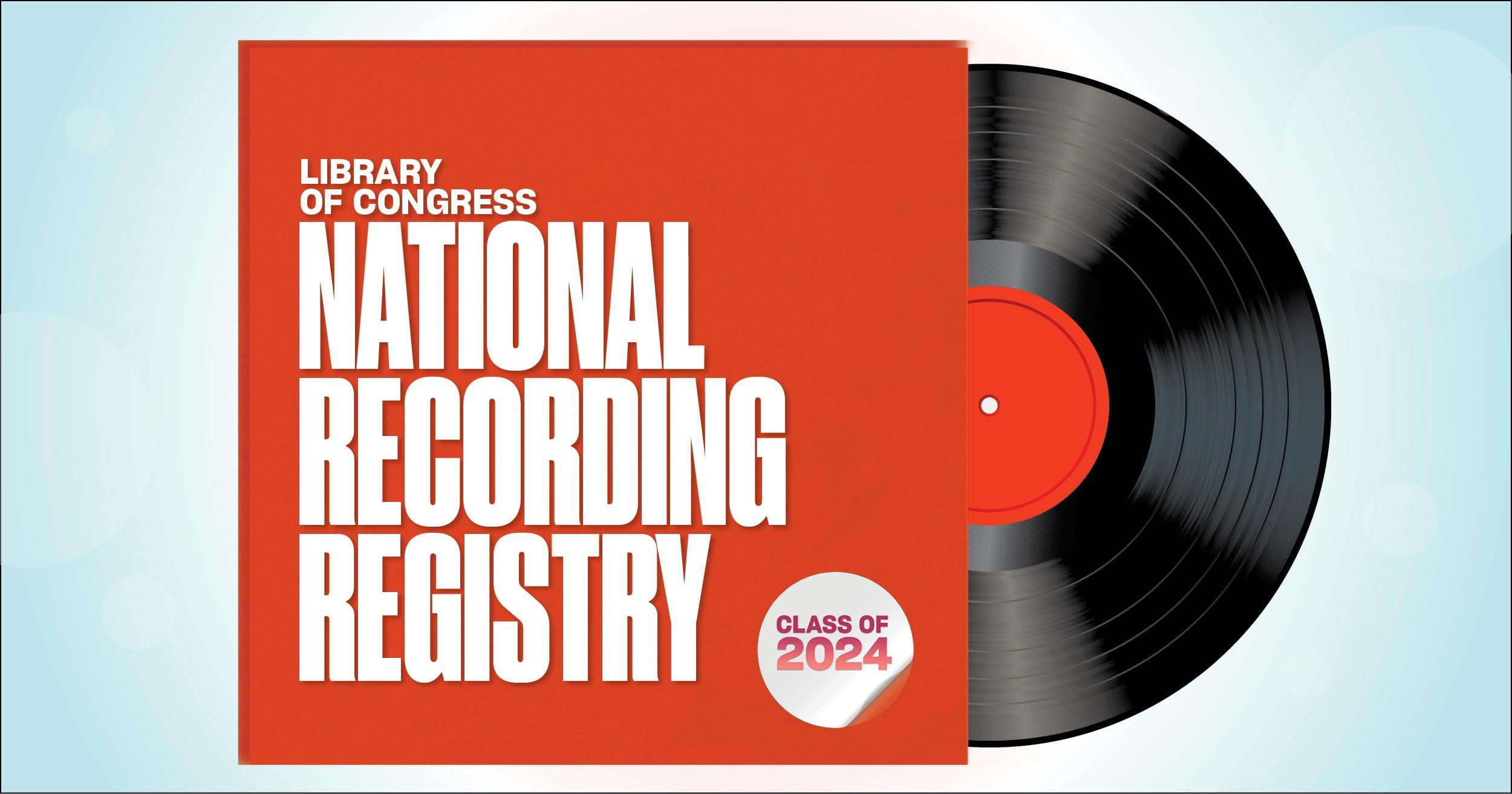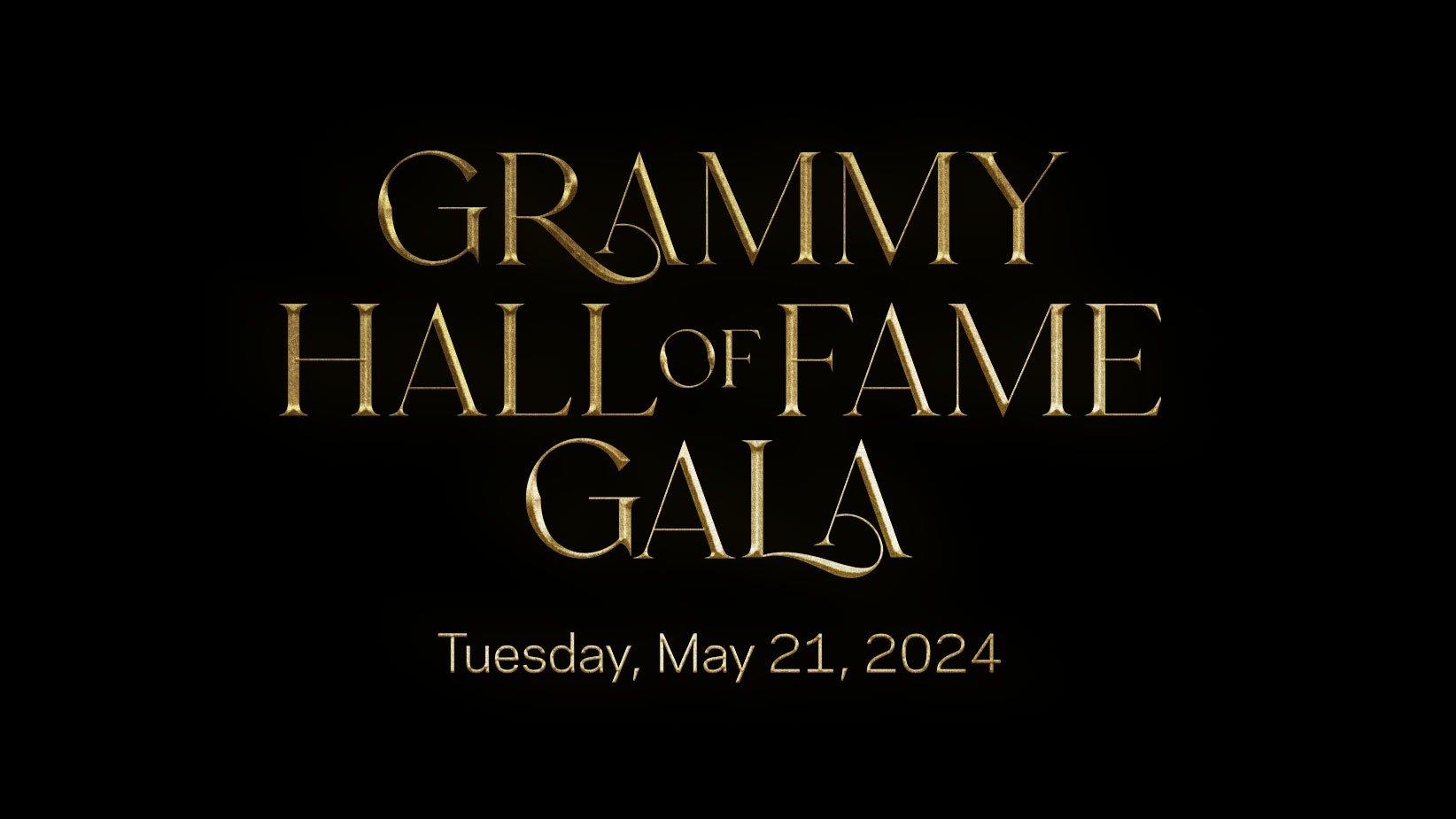Trisha Yearwood got her start opening up for Garth Brooks in the early 90’s. “I learned so much from being on the road with him, it was unreal,” she tells GRAMMY.com Twenty-six years later, the GRAMMY-winning songstress is still looking to the country crooner as her music career muse. The duo, who married in 2005, are constantly collaborating with one another. “We always sing on each other’s records,” Yearwood reveals, adding that her husband is notorious for pushing her out of her vocal comfort zone. Her wailing vocals at the end of Brooks’ rendition of “Shameless,” for instance, occurred when the country star pushed his wife to be more “raw and gritty.” And Brooks often turn to Yearwood for her honest opinions when he’s in the process of crafting new tunes. “It’s great to have somebody to bounce things off of and to be honest with you that you trust to be like ‘Yeah you need to sing that again,’” says Yearwood.
<iframe width="620" height="349" src="https://www.youtube.com/embed/J9uFWZqME7A" frameborder="0" allow="autoplay; encrypted-media" allowfullscreen></iframe>
GRAMMY.com caught up with Yearwood at the launch of her William Sonoma food line partnership to discuss how she refuses to record any track that she can’t personally relate to, how setting the vibe in the studio helped her and Brooks to record a Christmas album in the midst of a Southern summer heat wave, and the secret to staying relevant decades after her career launched.
You’ve had a lot of exciting projects coming out lately, including your new food line at William Sonoma. As an entertainer, how important is it for you to eat well?
I struggle with my weight so I’m always trying to find ways to eat healthier and that’s very important for an entertainer. If you take care of your overall body by trying to eat healthy, exercise, and sleep, then your voice stays healthy. I don’t really have time to have a cold every couple of weeks so I really do find if I eat healthy and get my rest, then my voice stays healthy too.
Are there other things that you do to keep your voice in optimal shape?
It’s basically the things your mom told you to do. Get plenty of sleep, drink water, take care of your body. I try to associate what’s happening with what I’m eating and so I try to stay away from dairy before I perform. I notice that if I have cream in my coffee or cheese on something, that I have to clear my throat more. You don’t sing through your nose, you sing through your diaphragm, which is way down there and if you breathe from that space, then what comes out of your mouth should not be taxing on your throat. That’s always one of those things that, thank God, I always did and when I found out about it as an adult, I was like, “Oh cool I always do that.” I never had any – knock on wood – major vocal troubles.
You are currently on the road with Garth. What goes into curating that show?
Garth is not like other boys so there is not a tour like this. We are about to hit our three-year mark of this tour. It always starts with the music. It’s really the Garth Brooks tour with Trisha Yearwood. I come out in the middle and do my set and it’s a much more abbreviated version of an evening with me when I do my own show. So for me, it’s thinking you’re going to be out there, you’re coming out with a big bang, what songs do I have to do? I couldn’t get out of the building without doing “She’s in Love With The Boy” and “How Do I Live” and “XXX’s And OOO’s” and “Walk Away Joe.” So you kind of figure out what the songs are going to be and then you figure out how you make those songs bigger and better. For Garth it’s second nature, He’s always done these big tours and he’s used to a bigger scale. I’m used to theaters, I love theaters where if you say something in the background, I can hear you and we can have a conversation. Stepping into this arena is a lot different for me and it’s a big space. You’re trying to get into the back row but the back row is a lot farther back than it is in a theater. We’ve incorporated a video screen to make it interactive for people at the show. I think that helps create an energy that makes my portion of the show very fun for me.
You actually started out opening for Garth back in the day. What have you learned from him over the years that you’ve taken with you into your career?
The very first tour that I was on in ’91, I was opening for him. I had one song on the radio and he was just entering the Garth Brooks phenomenon phase. He was just starting to explode and it was such a huge time in his career so to be the opening act was a huge opportunity to be in front of those fans. I was lucky because the first artist I toured with was him and he taught me, just by watching him, so many things. The thing that I took away the most was how he treated people. To this day, now knowing him 27 years later, he treats people with respect, no matter if you’re the President of the United States or you’re the guy who is taking out the trash in the building. There is no difference in the way that he treats people. He’d also be right there beside you helping you take out the trash or opening the door for you. He’s always been that guy and that’s who he is. I think I always thought that when people become famous and successful, they don’t do anything for themselves anymore. They have somebody that drives them around, somebody does their grocery shopping, someone does their laundry and I watched the biggest star in country music do all his own stuff. My theory is if you’re a nice person, then success gives you an opportunity to be a nice person on a grander scale. I really don’t think success makes people assholes. I think that’s kind of who you are and then I think success gives you a greater platform to be an asshole.
Are you working on any new material these days?
This leg of the tour will end in December and we’ll figure out what’s next. The intensity of these shows and this tour has been a lot. The only thing I’ve written on the calendar for January is sleep and I have that written on the calendar for every single day but that’s when I want to start a new record. I’m just starting to listen to songs. That’s the one thing, in all of these wonderful things that I do, that I have really missed. It’s kind of been impossible and new music has been on the backburner for a while but it’s time. I am so anxious to get in the studio and make some new music so that will definitely be happening in the first part of the year.
What’s the secret to constantly creating new content that resonates with your fans?
I think it’s very selfish honestly. I think the first person that it has to resonate with is you. As an artist, if you’re making music for any reason other than the fact that it’s a song that moves you first, then your kind of selling out. I’ve always had this theory that if I record a song because somebody tells me that it’s going to be a hit but I don’t like it, it doesn’t feel like me, then you are kind of screwed either way. If it’s a huge hit then you sing a song that you hate every single night and if it’s not a hit, then you basically sold your soul for no reason. It’s really a very personal connection to songs and then you make that record. This is how I do it, without thought of “is this going to get played on the radio?” or “is this going to be a hit?” You basically choose songs that you love and then once that album is done you go “OK now what is the best way to get it out to as many people as we can? What songs seem like they are the ones that more people will resonate with?” And you have to kind of put it out there and take your chance. It’s like if you’re a painter or a sculptor; you have to do what moves you and then you hope it moves other people.
You and Garth did a Christmas album together last year. What’s it like when the two of you are in the studio together?
Well the Christmas album was mostly things that you would know – a combination of things from the past and more recent songs. Garth wrote a few songs himself and then he and I wrote a song together called “What I’m Thankful For” that became a very special piece because James Taylor came and sang on it. The coolest thing about the Christmas album to me was it’s my favorite holiday. Garth and I have always sung on each other’s records even if we haven’t done duets but this was the first chance where we got to sing together all day long. It was a joy. We got to drive to the studio together and drive home together and in between just have fun. The studio, if you do it right, should be a place that really is a sanctuary and a place that you get to really enjoy and be creative. I always look forward to those days because you know you’re going to get to have fun. You don’t know what you’re going to create until you leave that night. You won’t know until you’ve done it so it’s really fun. One of my favorite things in the whole process of the music business is the recording process – just taking a song that you like and then turning it into yours and sometimes those things turn into songs that become iconic songs and you are like “man when we recorded it we just liked it. We had no idea where it was going to go.” That’s a really cool part for me.
Do you and Garth push each other out of your comfort zones in the studio? Who is more notorious for doing that?
I think Garth has always been good at pushing me outside of my comfort zone. I go back to a song called “Shameless” that he recorded that was a Billy Joel song. He wanted this harmony at the end of the song. It’s on the fade when you’re going into the next record on the radio. He wanted me to do this wailing high kind of crazy thing and I’m like, “I’m game.” So I go in and I do what I thought would be great. I thought he would be crying it was so good. I was like, “That is amazing!” and he’s like, “This sounds effortless. I want you to push. I want it to be raw and gritty.” Basically, he pushed and pushed until I got angry with him and we were not a couple at this point. We were just friends and I was pissed. He said, “No. Just one more time.” At that time I was so mad that I said, “Fine here you go” and I just hit this thing and just wailed out of anger and of course that was the one. He’s like, “That’s it! That’s it!” So when I hear “Shameless” and I hear that wailing thing on the end, people are like, “Oh man I didn’t know that was you. It just sounds so different” and I’m like, “I was really mad.” But I love it. I think he was right. I would not have gotten to that level had I not been pushed.
I don’t think I do that with him because he already pushes himself so hard that he’s already got that part down. In the studio, I’m the friend that will say, “I think you want to listen to that one line. It’s not quite there on pitch.” You need someone to go “Can you listen to this and tell me that it’s OK?” It’s great to have somebody to bounce things off and to be honest with you that you trust to be like “Yeah you need to sing that again.”
When you write new material, what is that environment like for you?
It happens in different ways. I am not the writer that Gath is. I think he is probably always writing. For me, because my biggest musical influences were people like Linda Ronstadt and Patsy Cline who really didn’t write very much, I’ve not written as much as Garth but he helps me. Like the Thanksgiving song on the Christmas album, that came about because I needed a song for the Thanksgiving episode of my cooking show. If you look up Thanksgiving songs on the Internet, there just really aren’t any. He was the one that said, “Let’s write it” and I said, “I’m good at telling a story but I’m not good at writing.” And he’s like, “Well tell me a story. Tell me what’s important in your life.” He takes my words and he makes them beautiful. I love writing with him because he just gets that. With other people, I have a book of titles and thoughts – a line here and a line there. You go in and write with somebody and they might go “Oh I like that one. Let’s write that.” And that’s how it starts and you work all day on something and sometimes it turns into something, sometimes not.
The one thing that I will say as an artist who listens to a lot of songs is I think that back in the day, maybe 20 years ago, writers had publishers who really pushed them to not settle for the first thing they wrote and really rework and rework to get those lines perfect. I’ll hear songs today and say, “They’re good songs but they are not finished.” It’s like somebody wrote down the first thing that came into their head and it’s good but it needs to be continued to be worked on. As an artist listening to songs, I wish publishers would push writers to rewrite and to keep working and to just hone it and get it perfect.
What are your studio must-haves that help create the perfect zone for writing and recording?
Garth calls them his vitamins and power drink and that’s M&Ms and Dr. Pepper. If you walk in the studio right now and he’s recording, there will be M&Ms and Dr Pepper in there because that’s his thing when he’s working. He has a sweet tooth. I don’t eat a ton when I’m recording because if you are super full, then you can’t really sing. On studio days I’ll eat light. I’ll eat a salad or something that keeps me going but is not heavy. But two things that I don’t live without in the studio are coffee and water. I’ll drink coffee all day if I’m not careful. I have a deal with myself that for each cup of coffee; I have to drink a cup of water. Those are the things I can’t imagine being in the studio without.





